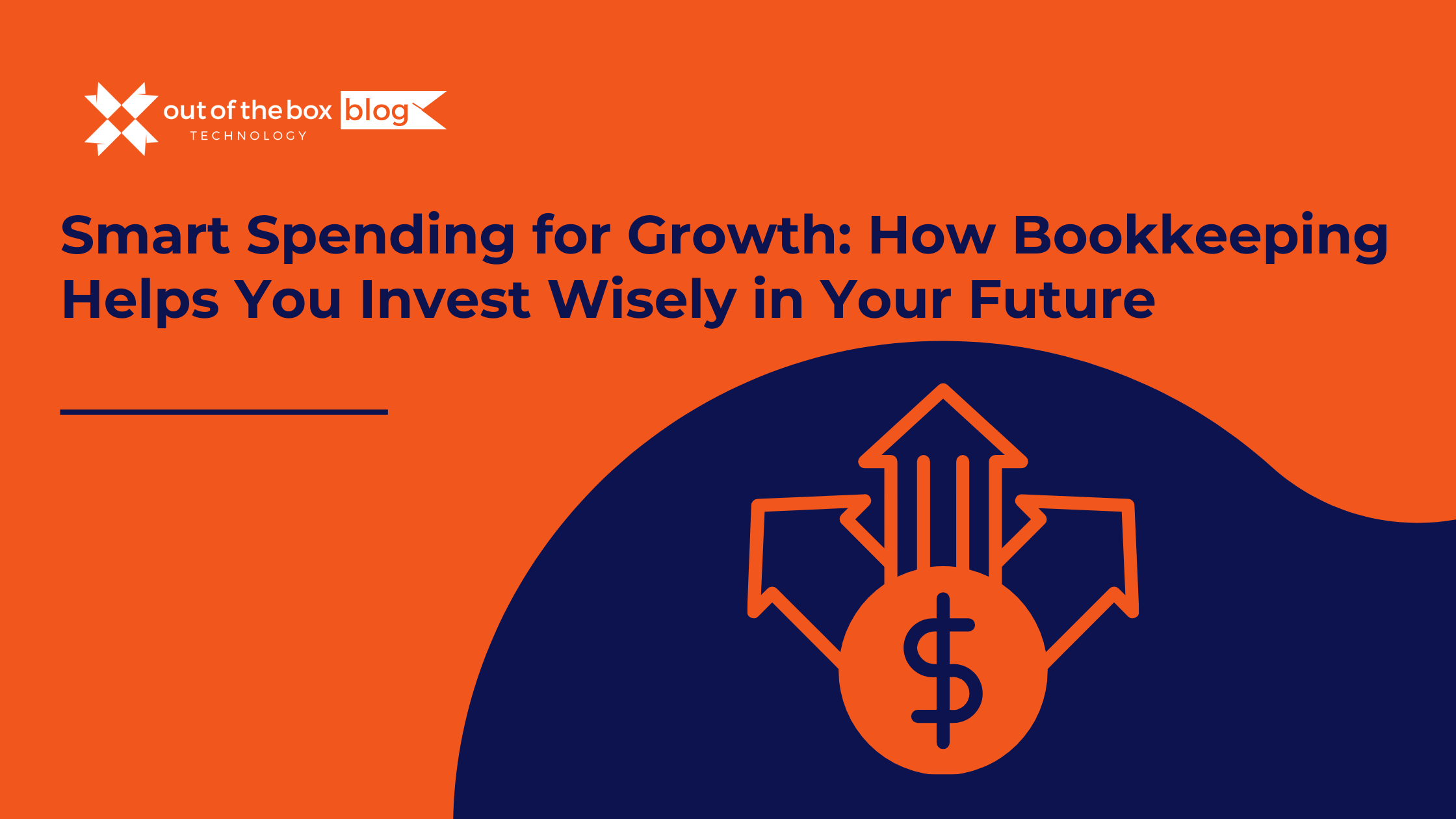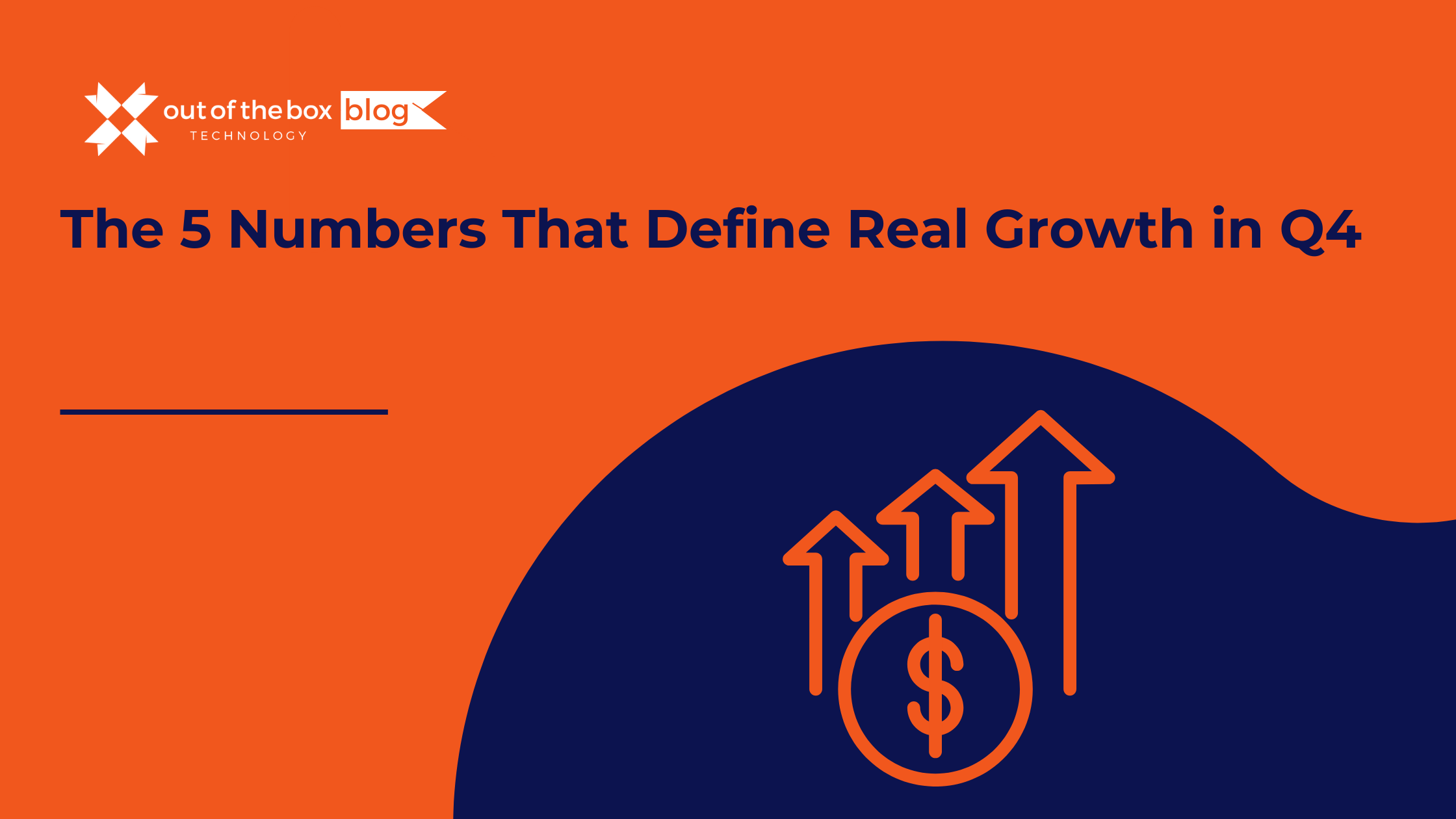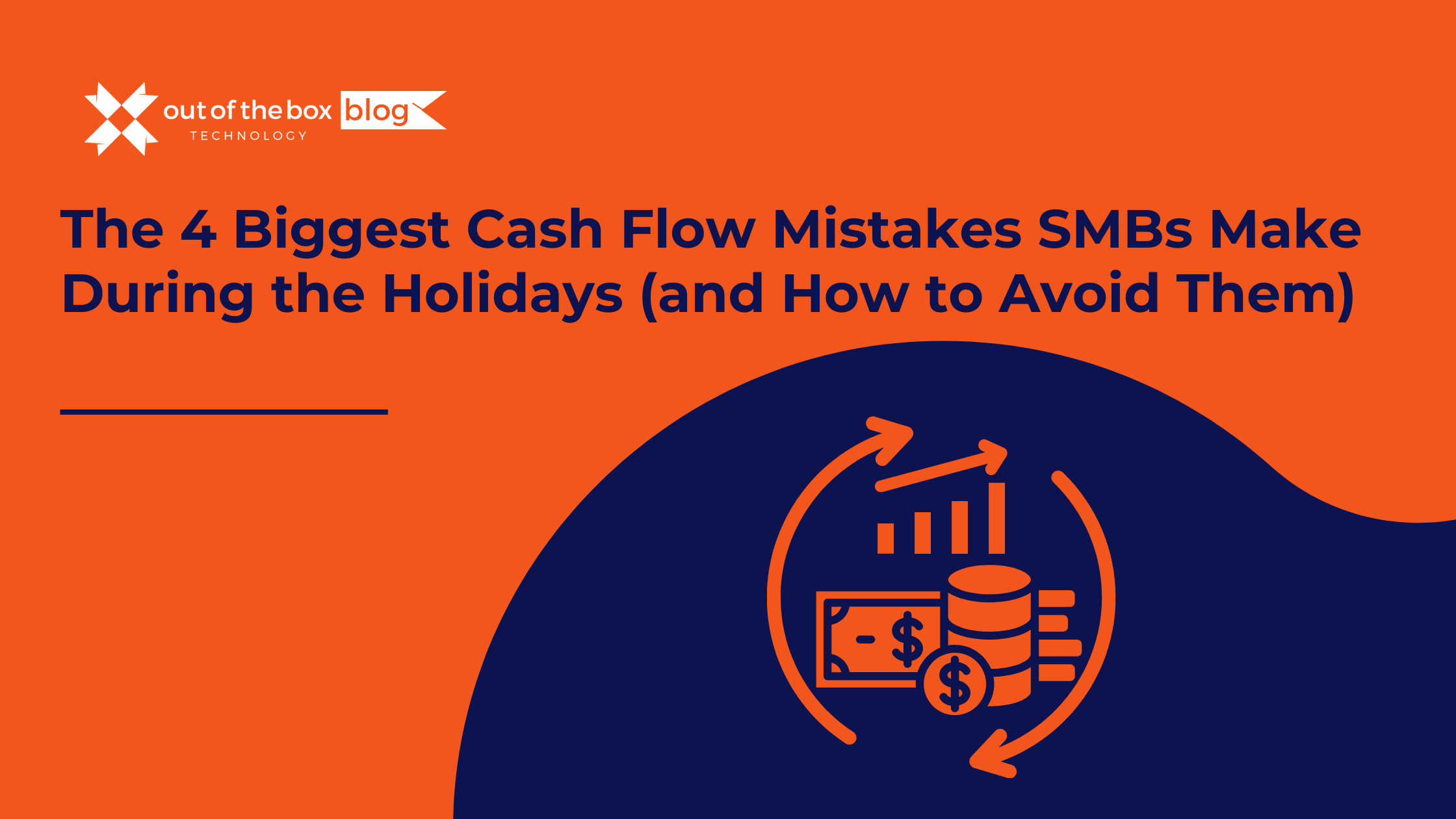Growing a small business is an exhilarating journey, filled with ambition and the drive to reach new heights. But sustainable growth isn’t just about working harder; it’s about working smarter. And one of the most intelligent ways to fuel your future success is through wise investments – in marketing, technology, personnel, and more. The secret weapon in making these smart spending decisions? Your bookkeeping.
Far from being just a record of past transactions, your bookkeeping data is a powerful compass, guiding you towards profitable growth opportunities and helping you avoid costly missteps. By understanding and analyzing your financial information, you can make informed decisions about where to allocate your precious resources for maximum impact.
The Power of Knowing Your Numbers: Bookkeeping as Your Growth Intelligence Hub
Imagine trying to navigate a complex maze blindfolded. That’s what making growth-related investments without a clear understanding of your financials is like. Your bookkeeping provides the crucial visibility you need to see the path forward. Here’s how:
-
Understanding Your Current Financial Health: Before you can invest for the future, you need a clear picture of your present. Your profit and loss statement reveals your profitability, your balance sheet shows your assets and liabilities, and your cash flow statement illustrates the movement of money in and out of your business. These fundamental reports, generated from accurate bookkeeping, provide the baseline for evaluating potential investments.
-
Identifying Profitable Areas: Your bookkeeping data can highlight which products, services, or customer segments are most profitable. By understanding where you’re already successful, you can strategically invest in those areas to amplify your growth. For example, if your bookkeeping shows a significant profit margin on a particular service, you might decide to invest more in marketing that service.
-
Pinpointing Areas for Improvement: Conversely, your books can also reveal areas where your business is underperforming or where costs are higher than necessary. This insight can help you make strategic investments to improve efficiency and free up capital for growth initiatives. For instance, if your bookkeeping shows high administrative costs due to manual processes, investing in automation software could be a wise move.
-
Forecasting Future Performance: By analyzing historical financial data, you can create more accurate financial forecasts. This allows you to anticipate future revenue and expenses, helping you determine how much you can realistically invest in growth and when those investments are likely to yield returns.
-
Measuring the Return on Investment (ROI): Once you’ve made an investment, your bookkeeping system is essential for tracking its performance and calculating the ROI. By comparing the cost of the investment to the financial benefits it generates (e.g., increased sales, reduced costs), you can determine whether it was a wise decision and refine your investment strategies for the future.
- Data Point: Return on Investment (ROI) is calculated as:
(Net Profit from Investment - Cost of Investment) / Cost of Investment * 100%. Consistently tracking ROI helps businesses allocate budgets effectively to initiatives with the highest returns. (Source: Investopedia, “What Is Return on Investment (ROI) and How to Calculate It”)
- Data Point: Return on Investment (ROI) is calculated as:
Smart Spending in Action: Examples of Bookkeeping-Informed Investment Decisions
Let’s look at some practical examples of how analyzing your bookkeeping can guide smart spending for growth:
-
Marketing Investment:
- Scenario: Your bookkeeping shows a steady increase in revenue from online sales but stagnant growth in brick-and-mortar sales.
- Bookkeeping Insight: Digital marketing efforts seem to be yielding a better return.
- Smart Spending Decision: Allocate a larger portion of your marketing budget to online advertising, SEO optimization, and social media marketing to capitalize on the proven channel. Track the cost of these campaigns and the resulting increase in online sales to calculate the ROI.
-
Technology Upgrade:
-
Scenario: Your bookkeeping reveals a significant amount of time spent on manual invoicing and chasing overdue payments, impacting cash flow.
-
Bookkeeping Insight: Inefficient billing processes are costing you time and money.
-
Smart Spending Decision: Invest in accounting software with automated invoicing and payment reminders. Track the reduction in administrative time and the improvement in your accounts receivable turnover ratio (how quickly you get paid) to assess the ROI.
- Data Point: Businesses using accounting software can save an average of 42% of the time they previously spent on manual accounting tasks. (Source: Based on various reports and case studies on accounting software adoption benefits).
-
-
Personnel Development:
- Scenario: Your bookkeeping indicates strong revenue growth, but customer satisfaction scores are declining, potentially hindering long-term customer retention.
- Bookkeeping Insight: While sales are up, operational issues or customer service might be lagging.
- Smart Spending Decision: Invest in training and development programs for your customer service team to improve their skills and enhance customer experience. Monitor customer retention rates and repeat business revenue to evaluate the impact of this investment.
-
Inventory Management:
- Scenario: Your bookkeeping shows high storage costs and write-offs due to unsold inventory.
- Bookkeeping Insight: Inefficient inventory management is tying up capital and impacting profitability.
- Smart Spending Decision: Invest in inventory management software and implement better forecasting techniques to optimize stock levels, reduce waste, and free up cash flow for other growth initiatives. Track inventory turnover and carrying costs to measure the effectiveness of these changes.
Navigating the Numbers: Key Financial Metrics to Watch for Growth
To make informed investment decisions, it’s crucial to regularly monitor key financial metrics revealed through your bookkeeping:
- Revenue Growth Rate: Tracks the percentage increase in your sales revenue over a specific period. A positive trend indicates your growth efforts are paying off.
- Gross Profit Margin: Shows the profitability of your core products or services after deducting the cost of goods sold. A healthy margin provides more room for investment.
- Net Profit Margin: Represents your overall profitability after all expenses are deducted. This indicates how much profit you’re generating for every dollar of revenue.
- Cash Flow: Monitors the movement of cash in and out of your business. Strong positive cash flow is essential for funding investments.
- Customer Acquisition Cost (CAC): Measures the cost of acquiring a new customer. Understanding your CAC helps you evaluate the efficiency of your marketing and sales investments.
- Customer Lifetime Value (CLTV): Estimates the total revenue a single customer will generate over their relationship with your business. A high CLTV justifies higher customer acquisition costs.
- Return on Investment (ROI): As discussed earlier, this metric directly measures the profitability of specific investments.
FAQs: Making Smart Spending Decisions with Bookkeeping
-
How often should I review my bookkeeping data for growth opportunities? Ideally, you should review key financial reports monthly. This allows you to identify trends early and make timely adjustments to your investment strategies.
-
What if I’m not a financial expert? Can I still use my bookkeeping for smart spending? Absolutely! Focus on understanding the basic reports (profit & loss, balance sheet, cash flow) and key metrics. Consider working with a bookkeeper or financial advisor who can help you interpret the data and identify growth opportunities.
-
What kind of investments should I prioritize for growth? The best investments will depend on your specific business, industry, and goals. However, common areas for growth-focused investment include marketing, technology, personnel training, and expanding your product or service offerings.
-
How can I track the ROI of my investments? Ensure your bookkeeping system allows you to track the costs associated with specific investments and the resulting revenue or cost savings. Use the ROI formula to calculate the return and regularly review these figures.
Investing in Your Future, Guided by Your Books
Smart spending for growth isn’t about blindly throwing money at new ventures. It’s about making informed, strategic decisions based on a clear understanding of your financial health and potential. Your bookkeeping is more than just record-keeping; it’s a powerful tool that provides the insights you need to invest wisely, fuel sustainable growth, and build the successful future you envision for your small business in 2025 and beyond. By leveraging the power of your financial data, you can navigate the path to growth with confidence and make every dollar count towards your long-term success.




